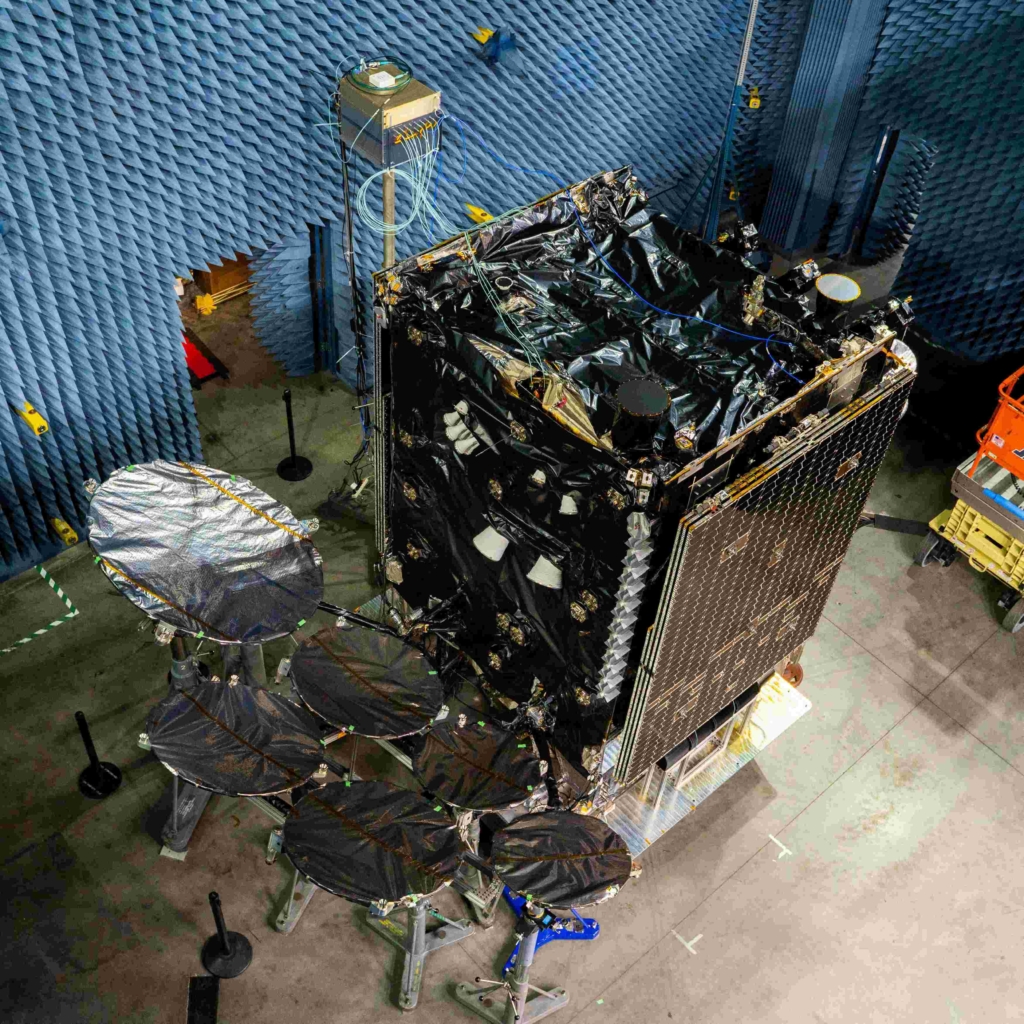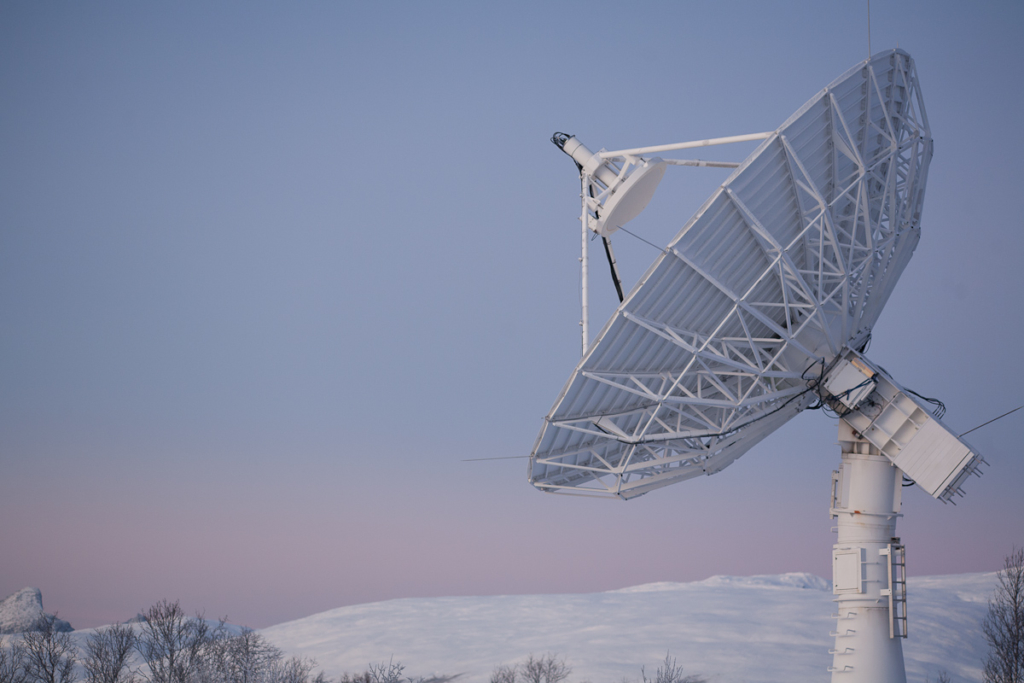One of the final major milestones in the test regimen for our two ASBM satellites is complete. Near Field Range testing involves measuring the radio raditation diagrams from the antennas. This test is conducted as an integral part of the Final Integrated System Test (FIST).
FIST verifies that all systems are functioning as they should and have not been damaged after the two major tests, TVAC and dynamic tests, which subject the satellites to the same conditions as they will experience during launch and in their orbit in space.
During TVAC and dynamic testing, the antennas and solar panels are not deployed since they are folded together during launch. Therefore, functionality is tested on these essential components during FIST.
Antennas aboard a satellite receive and transmit signals, and before they are launched, tests are conducted to make sure the antennas do transmit signals to their exact intended destinations (read more about antennas and payloads here). When a satellite orbits as far out as 43,000 kilometers in space, the antennas cover a large area on Earth, and even a small deviation in the direction of the beam will result in significant variations in signal strengths across the covered areas.
Although the signals transmitted and received come from thousands of kilometers away, it is possible to measure the antennas inside a small room. Antennas operate on many different frequencies, and to conduct a proper test, it is important to avoid interference. Interference can occur either externally or by signals being reflected back from walls, ceilings, or other objects. Therefore, the antennas are tested in a chamber where the walls and ceiling are covered with pyramid-shaped structures that resemble the inside of an egg carton. When a signal is transmitted toward such a wall, the signal is absorbed into the pyramids instead of being reflected back as it would from a regular flat wall. The test is conducted by transmitting signals from the antenna to a movable receiver placed in front of the antenna, thereby verifying that the communication pattern is correct.
The next time the antennas will be tested is during In Orbit Testing (IOT) after launch, where the signals will be compared with all previous tests to ensure that everything is functioning as planned.



